#designtex
Photo
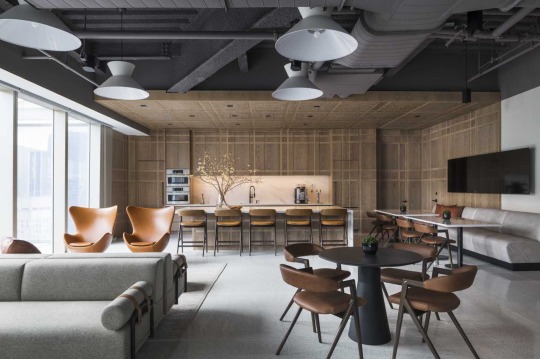
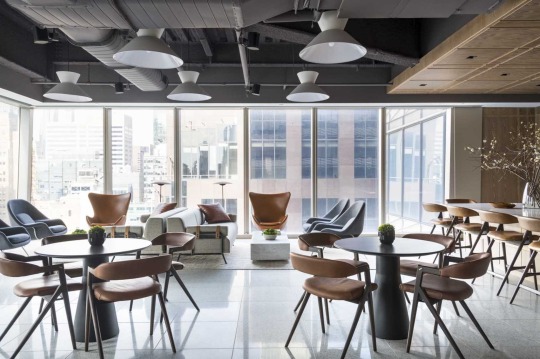
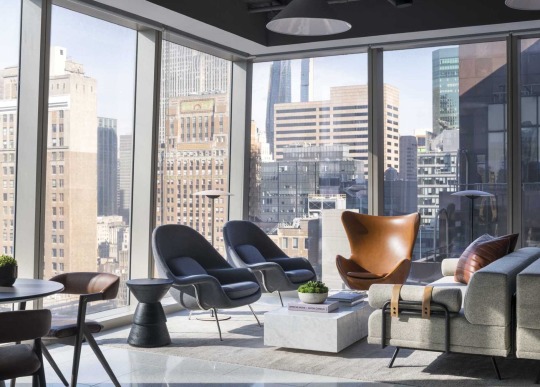
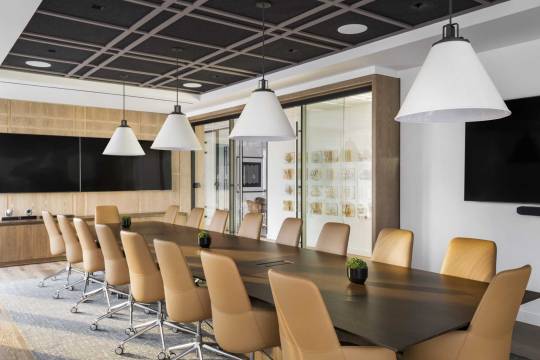
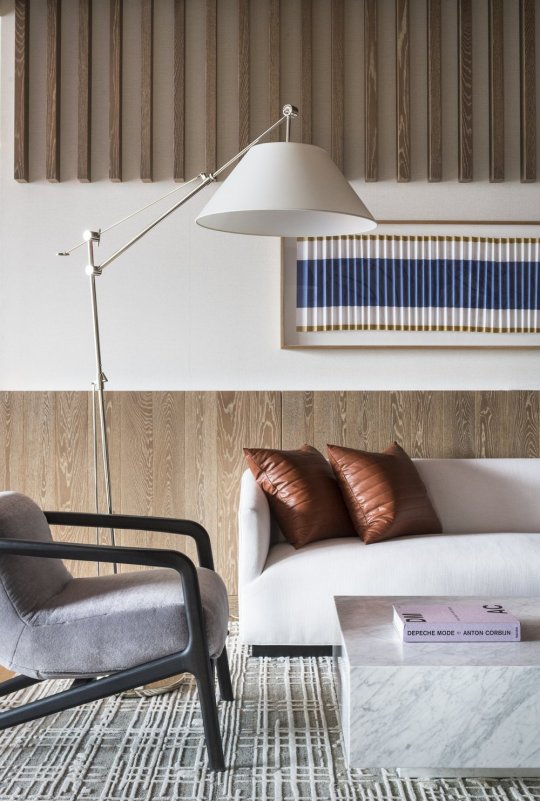



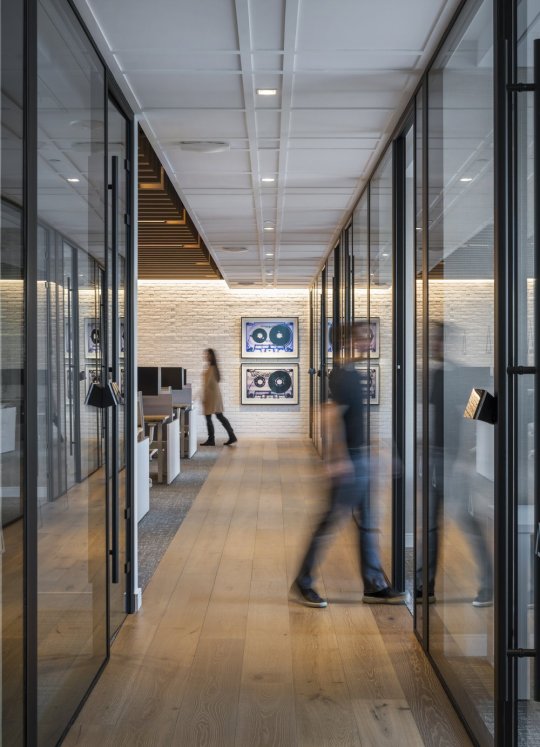
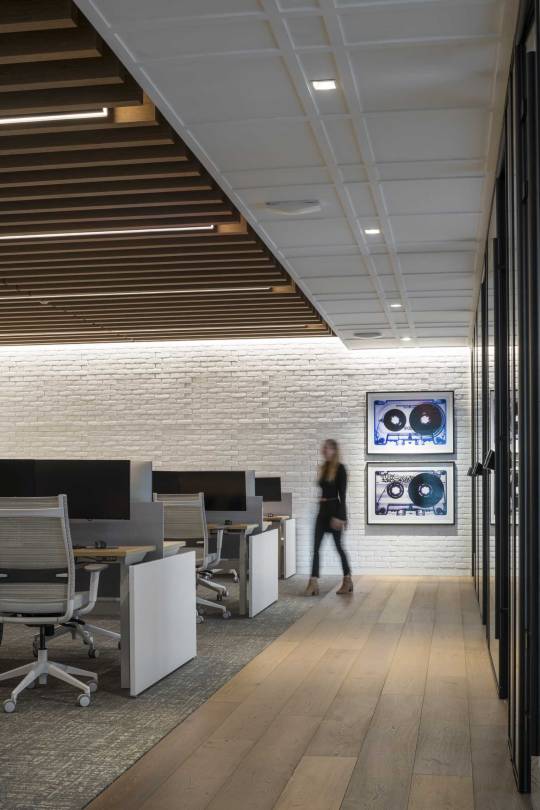
Accordion Headquarters, One Vanderbilt Avenue, New York, NY 10017,
BHDM Design
#art#design#interiors#workplace#office#headquarters#accordion#vanderbilt avenue#new york#luxurylifestyle#BHDM design#laid#oak wood#designtex#clubhouse#kitchen#firm#consulting
59 notes
·
View notes
Photo
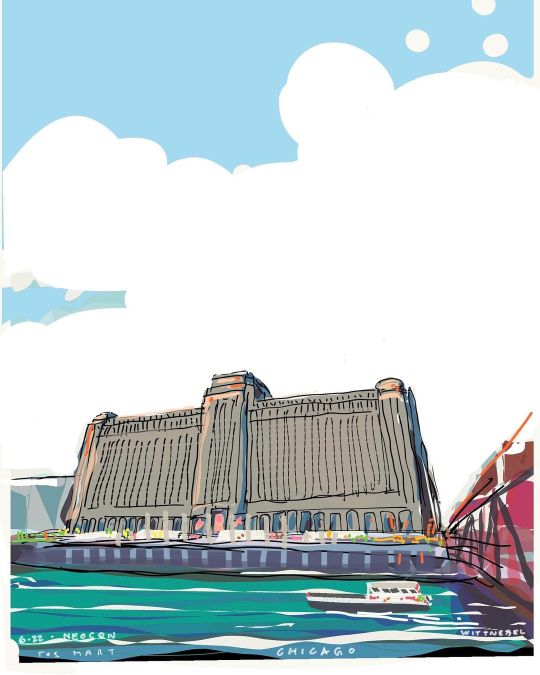
What does this amazing building hold for so many in unique memories of neocon and design moments? #merchandisemart #neocon #neocon22 #furniture #interiordesign #architecture #chicago #chicagoriver #dougwittnebel #steelcase #haworth #designtex #memories (at Merchandise Mart) https://www.instagram.com/p/Ce1KPU6rvJ1/?igshid=NGJjMDIxMWI=
#merchandisemart#neocon#neocon22#furniture#interiordesign#architecture#chicago#chicagoriver#dougwittnebel#steelcase#haworth#designtex#memories
2 notes
·
View notes
Photo

Family Room Open
Example of a large eclectic open concept medium tone wood floor and brown floor family room design with gray walls and a tv stand
#blue mid century chair#custom high top walnut table#contemporary artwork#contemporary design#vinyl designtex wallpaper#wooden maps artwork#blue mid century sofa
0 notes
Photo

Family Room - Eclectic Family Room
#Example of a large eclectic open concept family room design with a medium tone wood floor and brown floor#gray walls#and a tv stand. blue mid century chair#wooden maps artwork#blue mid century sofa#vinyl designtex wallpaper#custom high top walnut table#contemporary design#contemporary artwork
0 notes
Photo





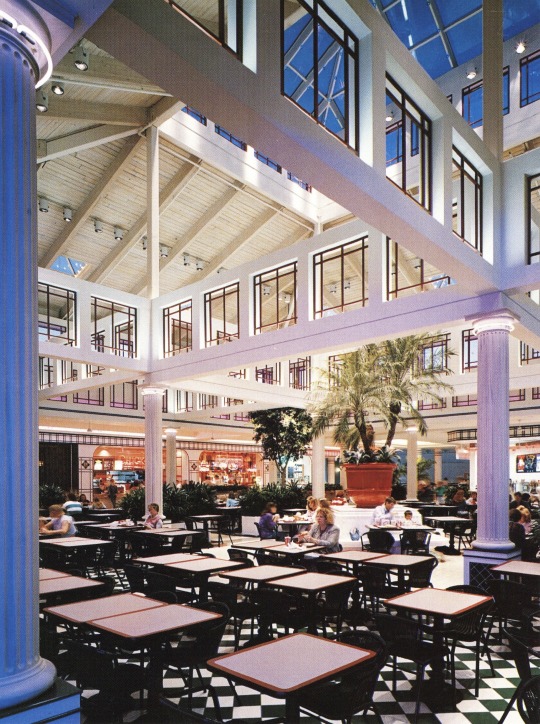
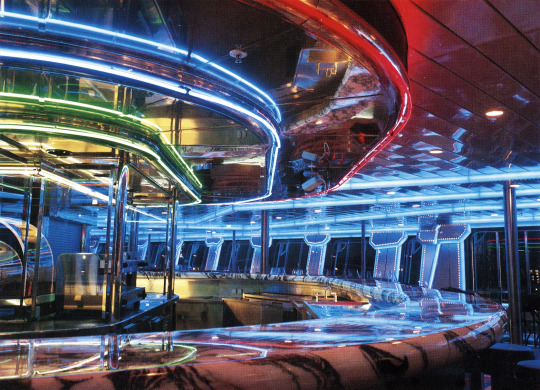



Selections from the book, ‘The Best of Neon’ by Vilma Barr (1992)
1 & 3. Designtex Showroom, Houston - by Charles Morris Mount
2. Designtex Showroom, Washington D.C. - by Charles Morris Mount
4 & 5. Sports Connection Spectrum - by Genesis Associates
6. Foodworks, Haywood Mall - by Tvsdesign
7. Fantasy cruise ship - by Joe Farcus
8. Kennedy Center, Union City, NJ - by Planned Expansion Group
9. Club Zanzibar, Newark, NJ - by Kruger Associates
10. Pachinko parlor, Tokyo - designer not listed
1K notes
·
View notes
Photo
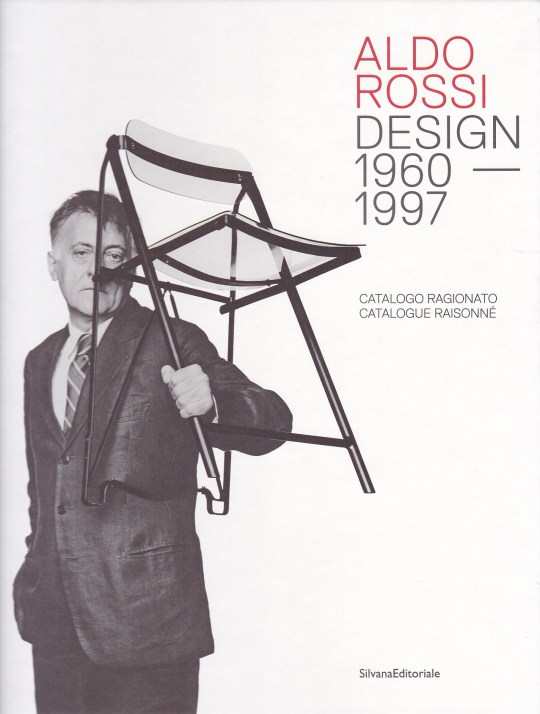
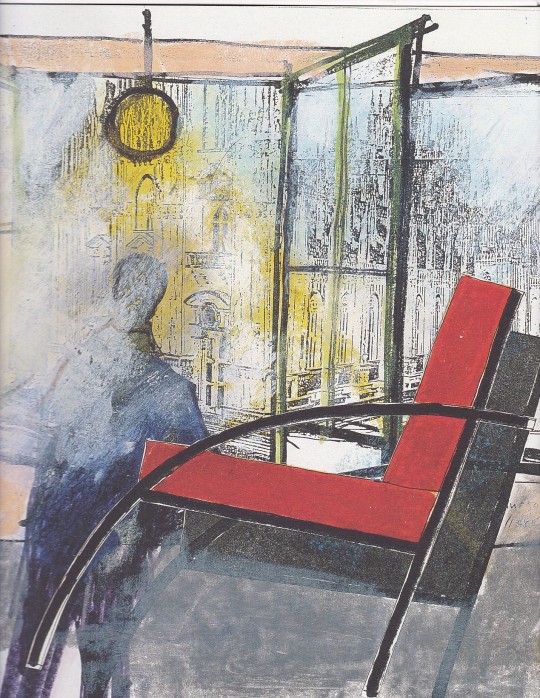
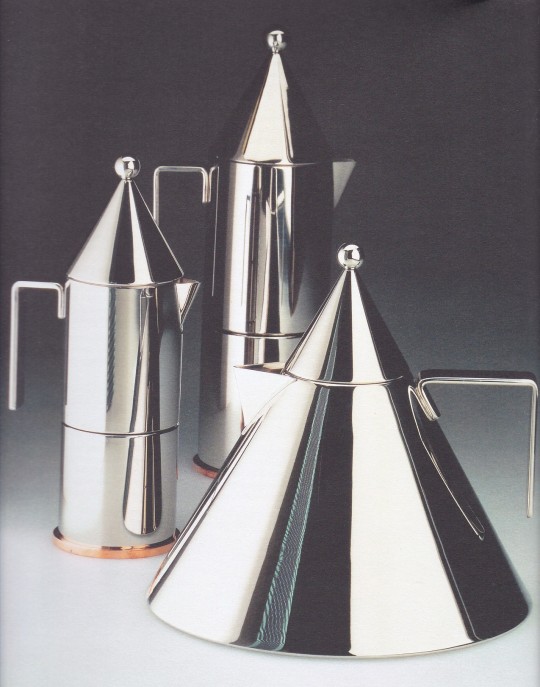






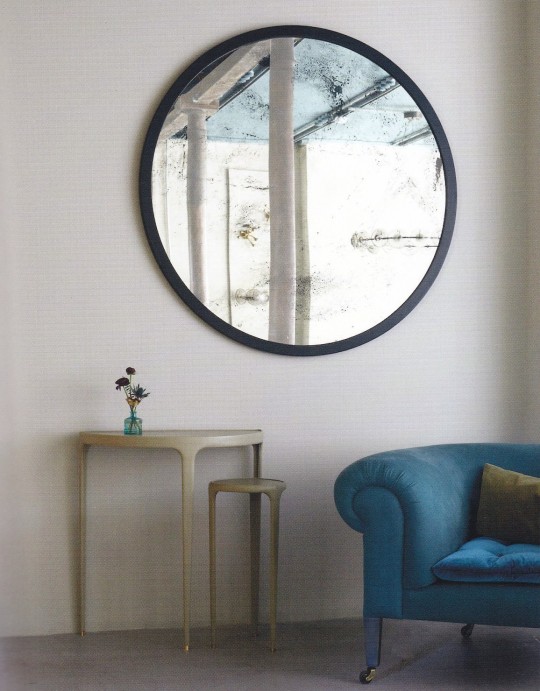
Aldo Rossi Design 1960-1997
Catalogo Ragionato Catalogue Raisonné
a cura di Chiara Spangaro
SilvanaEditoriale, Cinisello Balsamo 2022, 272 pagine, 24 x 28 cm, Italiano/Inglese, ISBN 9788836651184
euro 60,00
email if you want to buy :[email protected]
Il catalogo ragionato, a cura di Chiara Spangaro, presenta per la prima volta l’insieme del design di Aldo Rossi, dai primi mobili realizzati nel 1960 fino al 1997.
Sono riuniti circa 70 tra oggetti e arredi di produzione industriale e artigianale, illustrati dai disegni, dagli studi e dai testi di Rossi, dai prototipi e dai documenti relativi alla collaborazione dell’architetto-designer e teorico milanese con le aziende che hanno lavorato con lui, sperimentando forme e cromie nel campo dei metalli e del legno, del marmo e della pietra, della ceramica e della porcellana, dei tessuti artigianali e industriali e dei materiali plastici.
Con Alessi, Arte, Artemide, Bruno Longoni Atelier d’arredamento, Designtex, Molteni&C, Richard-Ginori, Rosenthal, UniFor e Up Group, Rossi ha ideato mobili e “oggetti d’affezione” iconici che si legano alle sue architetture, introducendo elementi ora metafisici ora ludici, o ancora riflettendo sul rapporto tra la scala architettonica e urbana e quella del design.
18/11/22
orders to: [email protected]
ordini a: [email protected]
twitter: @fashionbooksmi
instagram: fashionbooksmilano, designbooksmilano tumblr: fashionbooksmilano, designbooksmilano
#Aldo Rossi#Design 1960-1997#Chiara Spangaro#70 oggetti e arredi#Alessi#Artemide#Molteni&C#Richard-Ginori#Rosenthal#design books#designbooksmilano
22 notes
·
View notes
Text
The Latest Fashion Trends to Watch Out for This Generation
Fashion has always been a dynamic reflection of societal changes, cultural influences, and individual expressions. As time goes by, fashion trends evolve, blending innovation with tradition, and embracing new perspectives. In this new era, the fashion landscape continues to transform, offering a fresh array of styles, fabrics, and statements.
In an era defined by an increasing consciousness towards the environment, sustainability has transcended being a mere buzzword to become a guiding principle that shapes fashion choices. The current generation is increasingly drawn towards eco-friendly fabrics, ethical production practices, and mindful consumption. From upcycled clothing to cruelty-free fashion, sustainability has evolved into more than just a passing trend; it has become a mindset that influences every facet of the fashion industry. Designers are actively exploring innovative methods to minimize waste, prioritize organic materials, and foster fair labor practices, resonating with the values of the modern consumer. This generation is breaking free from the confines of traditional gender roles, embracing fluidity and inclusivity in fashion.
The fashion world is experiencing a harmonious blend of innovation and style through the seamless integration of technology. With the emergence of smart fabrics, wearable tech, and augmented reality experiences, the boundaries of personal style are being redefined. Not only do these advancements allow garments to adapt to climate changes and accessories to track health metrics, but they also enhance the functionality and aesthetics of fashion. This generation wholeheartedly embraces the fusion of fashion and tech, embracing futuristic designs that cater to their digitally-driven lifestyle. By combining elements of the past and present, a timeless appeal is created, offering a fresh perspective on iconic styles that resonate.
In an era of globalization, fashion has become a canvas where cultural influences converge, creating a rich tapestry of expressions. This generation wholeheartedly embraces the fusion of diverse traditions, ethnicities, and heritage, finding inspiration in the global mosaic. From incorporating indigenous textiles to traditional motifs, fashion serves as a medium for cross-cultural dialogue and celebration. Collaborating with artisans worldwide, designers skillfully infuse their craftsmanship into contemporary designs that honor the roots of cultural heritage. The outcome is a vibrant amalgamation of styles that beautifully reflects the interconnectedness of our global community.
In the ever-changing landscape of fashion, one element remains constant: the enduring power of self-expression and innovation. The fashion trends of this generation embody the values of diversity, sustainability, and technological progress, forging a path toward a more inclusive and conscious industry. From embracing gender fluidity to adopting sustainable practices, from incorporating technology into designs to blending diverse cultural influences, the latest fashion trends redefine the conventional boundaries of style, reflecting the dynamic essence of our generation's ethos. Designtex is recognized as one of the largest apparel companies in Dubai., known for its creative designs and top-notch quality. Through a dedication to perfection, Designtex has positioned itself as a frontrunner in the fashion sector, appealing to a variety of styles and choices. Providing everything from everyday clothing to luxurious couture, the brand presents a broad selection of apparel that exudes elegance and fashion.
0 notes
Text
Kapitza
Kapitza is a visionary design studio in East London founded by sisters Petra and Nicole.
The studio works with international brands to create bold large-scale murals, hospital installations, intelligent textiles and colourful products.
Brands:
Ikea, Clinique, Swatch. Gucci, Braun and Designtex.
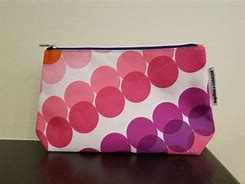


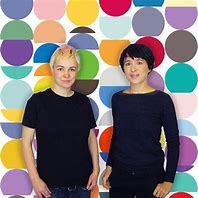
0 notes
Photo

Medical Uniforms Dubai
Medical clothing is an essential part of a doctor's job. Every healthcare professional needs to wear medical protective clothing. It's easy to perform operation and Having better identification & classification. The place For all the Medical items that get in Dubai is Designtex.
#Medical Uniforms Dubai#medical gown dubai#medical head cover dubai#isolation gown dubai#hospital uniform manufacturer in uae#work wear dubai#disposable shoe covers dubai#disposable hijab cover dubai#reusable face mask dubai#ppe coverall dubai
0 notes
Photo

“Woolish” commercial upholstery fabric collection by Designtex.
7 notes
·
View notes
Photo
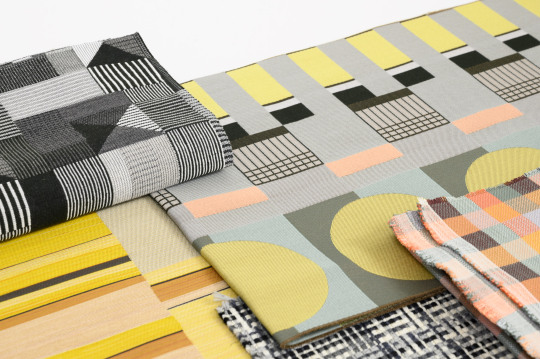
アンニ・アルバースとグンタ・シュテルツェルがバウハウスにてデザインしたパターンを使用したテキスタイルをDesigntexが販売 (dezeen)
Textiles by artists Anni Albers and Gunta Stölzl revived for Bauhaus' 100th anniversary (dezeen)
23 notes
·
View notes
Photo

This #textiletuesday we’re featuring the new 5x5 textile collection from @designtex_inc. In celebration of 25 years since the creation of Crypton, Designtex commissioned five contemporary artists from around the globe – each lending a distinct vision to process and use of color – to design a pattern to be digitally printed in Designtex’s Portland, Maine facility on Crypton fabric. Head over to Designtex’s website to find out more and enter to win a signed print by one of the 5x5 Collection artists, until February 22, 2019. . . . #cbi #cbiwv #cbicharleston #cbimorgantown #lovewhatyoudo #textiles #textiletuesday #designtex #fabrics #crypton #interiordesign #design #contractdesign #commercialdesign https://www.instagram.com/p/BsqVsZPgyqP/?utm_source=ig_tumblr_share&igshid=1ozr4o3twazxg
#textiletuesday#cbi#cbiwv#cbicharleston#cbimorgantown#lovewhatyoudo#textiles#designtex#fabrics#crypton#interiordesign#design#contractdesign#commercialdesign
0 notes
Text
Shibori Stripe
One of the greatest challenges in designing commercial textiles has been creating durable, cleanable, affordable, and aesthetically pleasing fabrics for highly trafficked and 24/7 environments like healthcare facilities, theaters and airports. In addition, there is more demand for textiles with sustainable manufacturing practices, and companies like Designtex are taking on this responsibility and producing some very innovative fabrics.
Shibori Stripe takes its inspiration from original artwork using nui shibori, a stitch-resist form of the ancient Japanese shibori tie-dying technique. In this case sections of cloth are gathered together with a running stitch before being dyed, which protects them from the pigment. The effect is recreated with lines of tiny dots running along the center of the paler stretches of color where the faint bleeding of the pigments contrasts with the intensity of color elsewhere. The artwork is then captured digitally and the pattern is printed on a polyester suede surface and still retains color intensity. The addition of Crypton enhances the performance of this upholstery fabric as a fluid barrier without diminishing the supple hand.
Matilda McQuaid is Acting Curatorial Director at Cooper Hewitt, Smithsonian Design Museum.
from Cooper Hewitt, Smithsonian Design Museum https://ift.tt/2vPtUkj
via IFTTT
11 notes
·
View notes
Photo

WWW: the science of cut resistance; Designtex + Stölzl & Anni Albers; resin knit ring - knittyBlog
10 notes
·
View notes
Text
Designtex Uniforms
Designtex is one of the largest uniforms manufactures in Dubai with a well-formed reputation in the market. We have been producing some finest quality uniforms for every kind of the professional and educational organization, including students.

Our skilled craftsmen and tailors are expert in stitching, altering, customized designing, making additional accessories like jackets, caps, and badges for numerous brands. We deal with our clients in a professional manner to deeply understand their demands and work accordingly. We believe that clothing is the first impression on the customers which should always be stunning and unmatched, hence, fabricate uniforms made of the fine quality material to meet up to the client’s genuine expectations.

1 note
·
View note
Text
STEELCASE, DESECHO TEXTIL.
Cuatro empresas (De la cadena de suministro textil para muebles) en el año 2011 se juntaron para trabajar en superar los obstáculos tradicionales del reciclaje, en su industria. Esta empresa de muebles americana “Steelcase” empezó incluyendo tres empresas, Todo esto para reducir el impacto ambiental dentro de su industria. En un año después se lanzó la primera tapicería que se origina a partir de un circuito cerrado, esto consiste en reciclar los desechos textiles de nuevo en fibra e hilo, recuperándolo sin perder la calidad original y es también económicamente rentable y no produce contaminación secundaria al medio ambiente.
Durante años la empresa de muebles Steelcase, habían estado creando líneas de productos sostenibles, junto con tres compañías, los cuales eran: El diseñador de materiales Desingntex, El fabricante de fibras recicladas Unifi y el fabricante textil Víctor, pero esto tomo problemas en la organización, hacia la recolección y segregación de residuos por la ausencia de infraestructura de reciclaje, esto había sido de impedimento para el desarrollo de un sistema de circuito cerrado.
Estas compañías estaban trabajando conjuntamente y comprometidos con la disminución del impacto ambiental de la industria textil, y es por esto, por lo que se reunieron en el 2011 para obtener una solución. Habitualmente, el corte de los desechos de la producción se reducía a un material de calidad inferior o menor, que luego se iba a usar como un material de respaldo y alfombras, pero las compañías que participaban dentro de este trabajo querían producir un producto de primera calidad y a partir de residuos textiles reciclados.
Se unieron representantes de cada etapa de la cadena de suministro desde el diseño y comercialización de productos hasta el reciclaje de telas entre otros , todo esto para que el equipo estableciera y se diera cuenta lo que se podía hacer y lo que no, podía lograrse en el reciclaje de textiles, a partir de todo esto el equipo de trabajo se les ocurrió un plan que traía consigo oportunidades a corto y largo plazo para reciclar desechos a lo largo de la cadena de suministro.

Salió el primer producto, donde cuatro compañías colaboraron y aprovecharon al máximo los avances tecnológicos y las inversiones de capital, donde se logró hacer un producto llamado LOOP TO LOOP, que es una de las primeras telas tapiceras hecha con reciclaje de residuos textiles ya reciclados, y es también un producto de primera calidad por que esta diseñado y fabricado para garantizar que pueda reciclarse una y otra vez y evita los costos ambientales del envió de desechos del vertedero.
Los desechos de corte utilizados en este producto LOOP TO LOOP provienen de telas Designtex que se estaban utilizando en los muebles de steelcase. Pero lo que mas sorprende es que mayoría de estos desechos de corte fueron reciclados Pos consumo hechos de botellas de agua PET, y estos desechos de corte luego pasan por segunda vez a ser reciclados, para hacerse un nuevo hilo de poliéster, lo que se hace llamar un proceso de reciclar textiles reciclados.
#Bibliografia#https://www.theguardian.com/sustainable-business/steelcase-closes-loop-textile-waste https://www.chi-athenaeum.org/products-2014/2014/09/05
1 note
·
View note